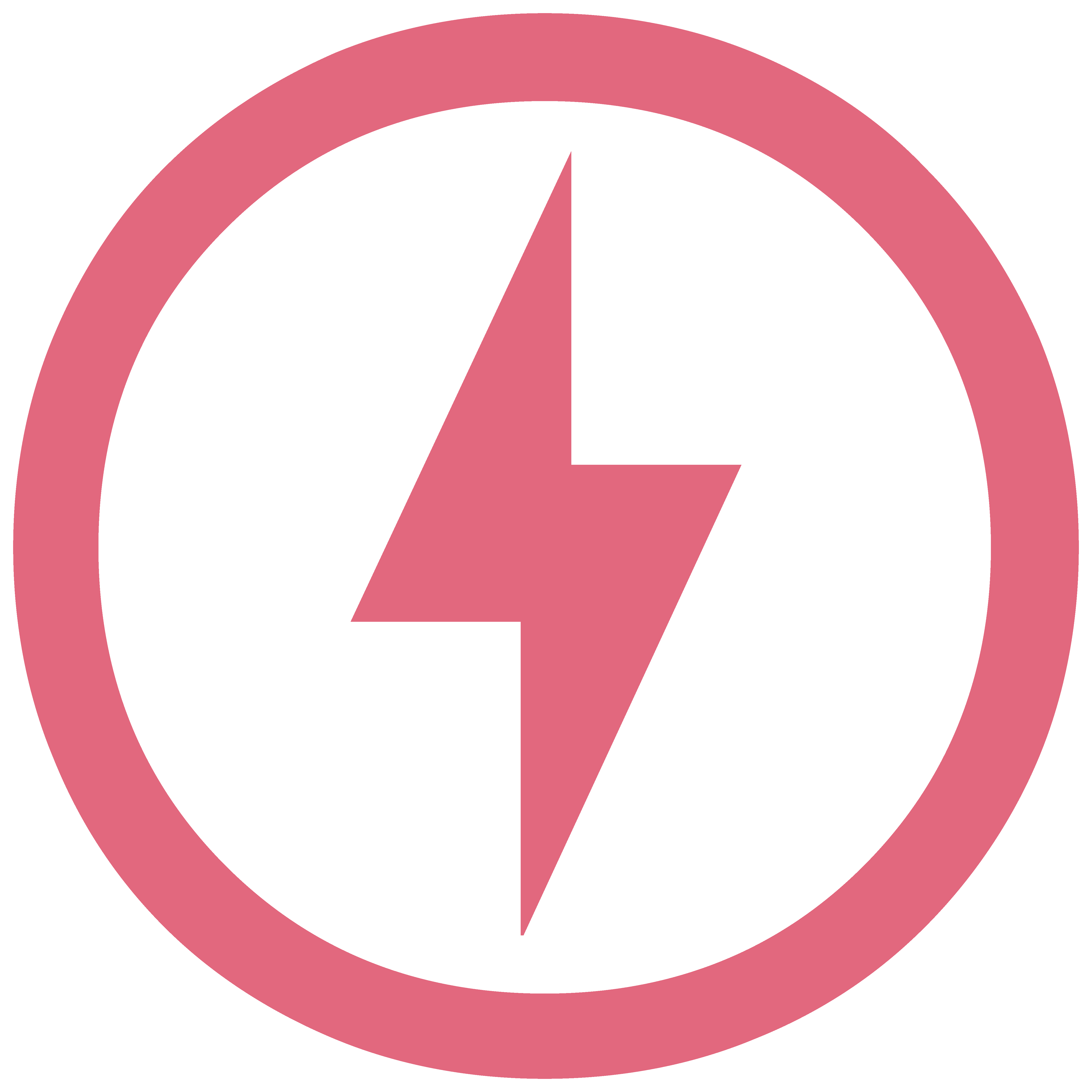Tesla started Software Update 2022.36.15 with FSD Beta 10.69.3
FSD BETA 10.69.3 RELEASE NOTES
for Model S, 3, X and Y
Not relevant in Germany

– Upgraded the Object Detection network to photon count video streams and retrained all parameters with the latest autolabeled datasets (with a special emphasis on low visibility scenarios).
Improved the architecture for better accuracy and latency, higher recall of far away vehicles, lower velocity error of crossing vehicles by 20%, and improved VRU precision by 20%.
– Converted the VRU Velocity network to a two-stage network, which reduced latency and improved crossing pedestrian velocity error by 6%.
– Converted the NonVRU Attributes network to a two-stage network, which reduced latency, reduced incorrect lane assignment of crossing vehicles by 45%, and reduced incorrect parked predictions by 15%.
– Reformulated the autoregressive Vector Lanes grammar to improve precision of lanes by 9.2%, recall of lanes by 18.7%, and recall of forks by 51.1%. Includes a full network update where all components were re-trained with 3.8x the amount of data.
– Added a new “road markings” module to the Vector Lanes neural network which improves lane topology error at intersections by 38.9%.
– Upgraded the Occupancy Network to align with road surface instead of ego for improved detection stability and improved recall at hill crest.
– Reduced runtime of candidate trajectory generation by approximately 80% and improved smoothness by distilling an expensive trajectory optimization procedure into a lightweight planner neural network.
– Improved decision making for short deadline lane changes around gores by richer modeling of the trade-off between going off-route vs trajectory required to drive through the gore region
– Reduced false slowdowns for pedestrians near crosswalk by using a better model for the kinematics of the pedestrian
– Added control for more precise object geometry as detected by general occupancy network.
– Improved control for vehicles cutting out of our desired path by better modeling of their turning / lateral maneuvers thus avoiding unnatural slowdowns
– Improved longitudinal control while offsetting around static obstacles by searching over feasible vehicle motion profiles
– Improved longitudinal control smoothness for in-lane vehicles during high relative velocity scenarios by also considering relative acceleration in the trajectory optimization
– Reduced best case object photon-to-control system latency by 26% through adaptive planner scheduling, restructuring of trajectory selection, and parallelizing perception compute. This allows us to make quicker decisions and improves reaction time.

